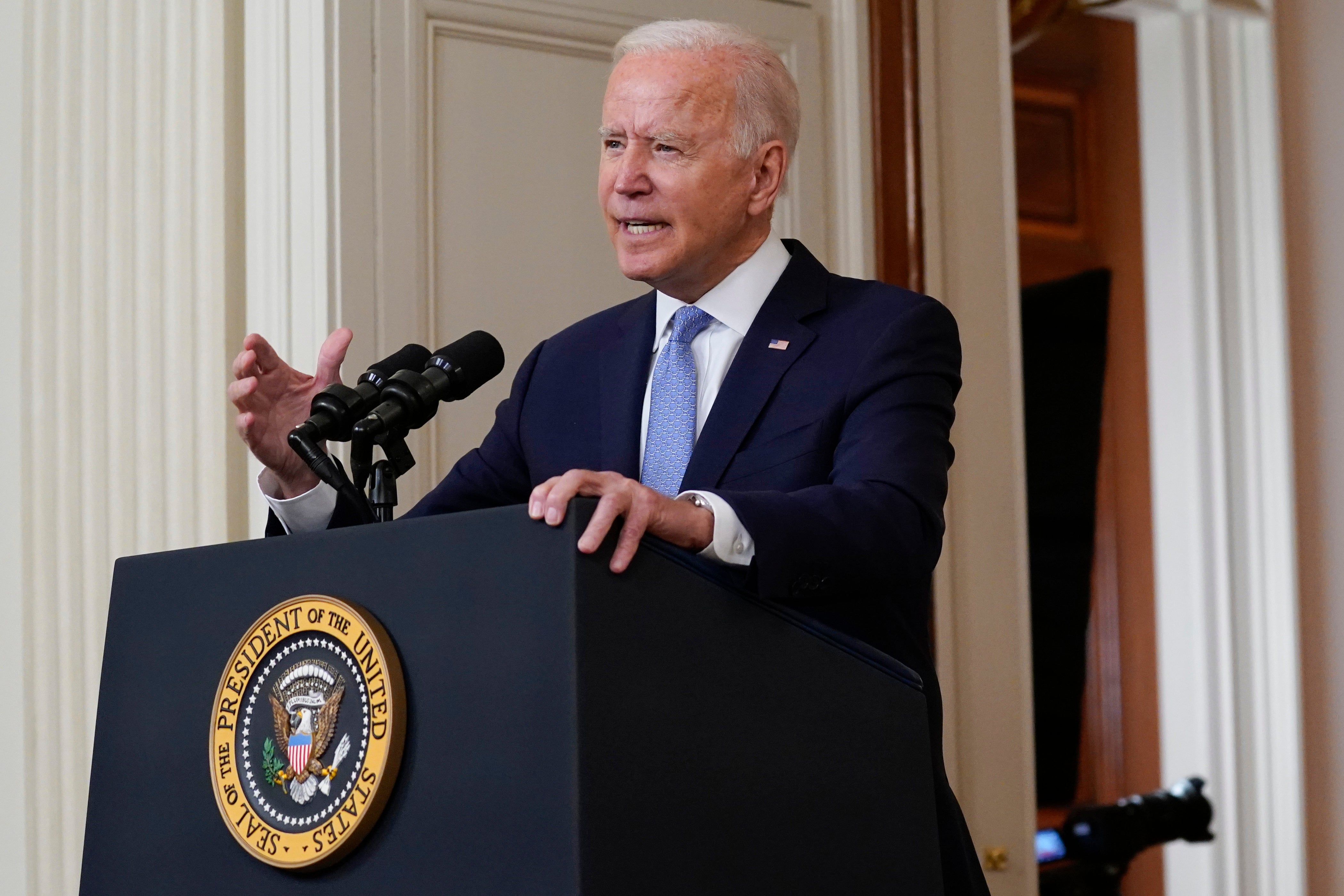White House details plans to improve housing affordability
White House officials are outlining plans to build and restore more than 2 million homes

Your support helps us to tell the story
From reproductive rights to climate change to Big Tech, The Independent is on the ground when the story is developing. Whether it's investigating the financials of Elon Musk's pro-Trump PAC or producing our latest documentary, 'The A Word', which shines a light on the American women fighting for reproductive rights, we know how important it is to parse out the facts from the messaging.
At such a critical moment in US history, we need reporters on the ground. Your donation allows us to keep sending journalists to speak to both sides of the story.
The Independent is trusted by Americans across the entire political spectrum. And unlike many other quality news outlets, we choose not to lock Americans out of our reporting and analysis with paywalls. We believe quality journalism should be available to everyone, paid for by those who can afford it.
Your support makes all the difference.White House officials are outlining plans to build and restore more than 2 million homes, a response to the volcanic rise in housing prices over the past year.
Millions of Americans are getting priced out of ownership or stuck spending the bulk of their income on rent. The S&P CoreLogic Case-Shiller 20-city home price index climbed a record 19.1% in June from a year ago, as too few homes are available to buy and low interest rates have enabled affluent buyers and real estate investors to pay more for homes.
The jump in prices is a threat to President Joe Biden s vision of centering the U.S. economy around the middle class, a group that has defined itself in large part through home ownership. Americans' desire to own homes has also altered regional politics as suburbanites aligned with Democrats in 2020 to help give Biden key victories in Arizona and Georgia, two states that have added population through new home construction.
The White House Council of Economic Advisers on Wednesday posted on its blog a detailed analysis of the affordability problem and the administration's plans to relieve it. Its analysis notes that housing supply has fallen short of population growth for four decades, so many of the challenges predate the disruptions caused by the COVID-19 pandemic.
Researchers at the mortgage buyer Freddie Mac estimate that the United States is 3.8 million homes shy of what is needed to meet demand. The persistent shortage has meant that home prices are steadily increasing faster than incomes, making it harder for first-time buyers to save for down payments and keeping them in rentals longer. Nearly half of renters spend more than the recommended 30% of their incomes on housing.
To increase home construction, Biden's economics team proposes a series of policy shifts.
First, it intends to deliver 100,000 affordable housing units over three years through a series of administrative changes. It will increase mortgage availability through Freddie Mac and Fannie Mae for manufactured houses and buildings with two to four units. The government also intends to make it easier for would-be owners and nonprofits to buy homes that failed to sell in foreclosure auctions, as well as expand outreach to local governments and nonprofits to buy federally held homes.
The government also plans to increase the financing options for apartment buildings through tax credits, loans and grants.
Secondly, the Biden administration estimates that its economic agenda would lead to the construction and renovation of 2 million homes. This would include the use of federal subsidies, the low-income housing tax credit, a new tax credit for construction in economically vulnerable neighborhoods and incentives to remove exclusionary zoning and land use policies by local and state governments that limit new construction.
Still, the blog post cautioned that a supply crunch could linger.
“There is no magic formula to quickly relieve the supply constraints,” it concluded.